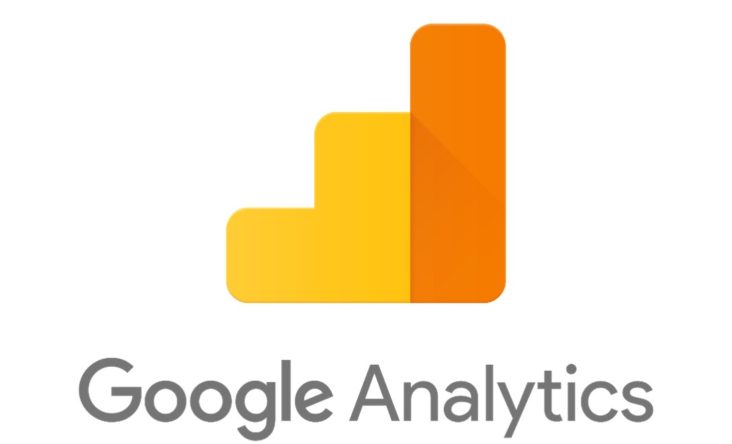10 Tips For Getting The Maximum From Google Analytics

Google Analytics input the data and essential analysis methods for search engine optimization (SEO) and advertising purposes as a free online analytics application. For those with a Google account, the program is accessible.
Over years, Google Analytics consumers have mastered how to find ways to improve sales. GA is used by other smart people to fix challenges that hinder them from understanding sales opportunities. Google Analytics delivers a massive array of knowledge that you can use to improve your lead generation and rating. Remember, however, that no matter how strong the insights are, you can’t produce instant outcomes; it will take a little while.
Realizing when to use the dynamic network and getting through the simplistic popularity metric reviews is vital to your progress with the tremendous data that Google Analytics offers.
- WHEN BUILDING CUSTOM GUEST SEGMENTS, CONSIDER AUDIENCE DATA
To identify your users by specific audience details, including such as age, gender, and location, users already use customizable segments. Fortunately, if you do not rely on the details in the opinions of the user coverage to allow you to make your personalized guest segments, you lose a great deal of information on where and how individual visitors communicate with your website.
- ARRANGED CONVERSION FUNNELS FOR GOOGLE ANALYTICS
James Gardner, a consumer strategist for Connective DX, a consultancy with consumer experience, says.
A “conversion funnel” is a general term for e-commerce that explains shoppers’ experiences, including web ads or search engine results, visits to e-commerce pages, and sales on all those platforms.
Google Analytics conversion funnels offer a look at the measures taken by your website users as they make purchases. You may define the particular steps that contribute businesses to lose new customers regularly, utilizing conversion funnels. Then from, we will take measures to address any associated site bugs that could affect such losses.
- TAKING THE MANDATORY TRAINING PROGRAM FOR GOOGLE ANALYTICS
Apart from learning or watch videos from YouTube, there are courses offers by Google to learn Google Analytics for free and be professional in Google Analytics. G.A is an academy which is free and important for digital marketing.
A marketer needs to learn Google Analytics and in this course, they can go really deep, you can choose the difficulty level. While the lessons at the Google Analytics Academy are a decent starting point, finally they can easily log in and search the website, helping them understand even more that you can find.
- SET REMINDERS FOR INFORMATION
Set up personalized notifications and register for automatic alerts as well. Although you do not focus on Analytics Intelligence as a substitute for your reports to be checked periodically, it will help you find any obstacles. This method also uncovers challenges that you may have overlooked. Periodic analysis of your KPI-based results supported by automated Google Analytics Insight notifications is the perfect way to track and assess the success of your website.
- REGISTER YOUR GOOGLE ADS ACCOUNT WITH GOOGLE ANALYTICS
To achieve additional transparency on how the strategies are doing, link the AdWords account with your Google Analytics account. You could even utilize the GA information for AdWords advertisements until these are related.
- APPOINT TO OBJECTIVES A FINANCIAL VALUE
In Google Analytics, you should surely be creating challenges. Practically, unless you’re not, you’re only looking at relatively unimportant statistics, including such as page views as well as on site time. None the less, you must not only set targets, you really should give them a numerical value.
- INSTALL GOOGLE ANALYTICS CORRECTLY
You have to ensure that your profile is lined up to calculate the most different qualities of your company since making progress with Google Analytics. To guarantee the consistency of your results, this is not only important but rather to utilize several external resources to help evaluate your users traffic.
- EFFECTIVELY REMOVE INTERFERENCE, UTILIZE SEGMENTS, DIMENSIONS, AND FILTERS.
It is convenient to get overloaded by too much databases in Google Analytics. Many advertisers and project managers propose that custom filters, segments, and measurements be generated because of this.
To preserve data confidentiality and remove noise, Ry uses filters. The less noise there would be to interrupt your study, the more you weed out unnecessary details.
In Google Analytics, to unfolding situation into smaller categories, filters are used for Views. By deleting unused or inappropriate elements like internal IPs, developer site traffic, question strings, lowercase search words, and lowercase URLs, you can use that to create a more personalized experience for your website info.
- BUILD CUSTOMIZED DASHBOARDS & REPORTS
Google Analytics helps you to build personalized databases so you can find the most important information easily. You must spend some time designing a dashboard or several that focuses solely on the KPIs that are important to your company objectives. While you can build up to 20 dashboards, I would suggest concentrating solely on only what the 5-10 indicators you listed are relevant.
- REGULARLY REVIEW REPORTS
No matter how successful you plan your customized reports, if you don’t periodically check them, they are worthless. Check your key KPIs every week and perform at least once a month a detailed review of your reports. Also, shortly after any big changes, evaluate the efficiency on the homepage and ensure if the output is not adversely impacted or that it has been strengthened.


